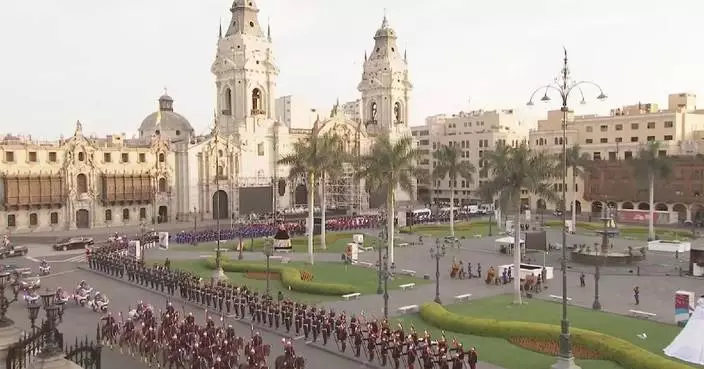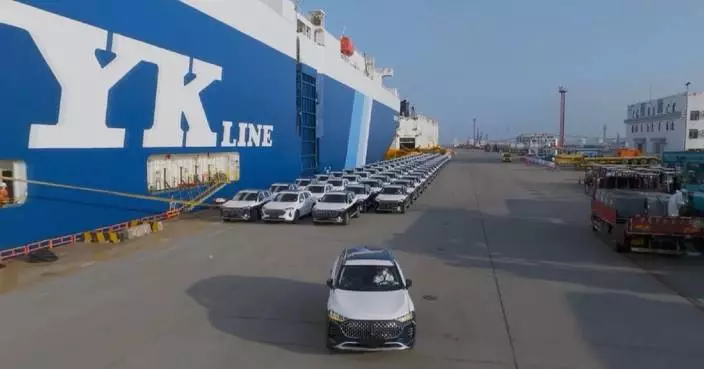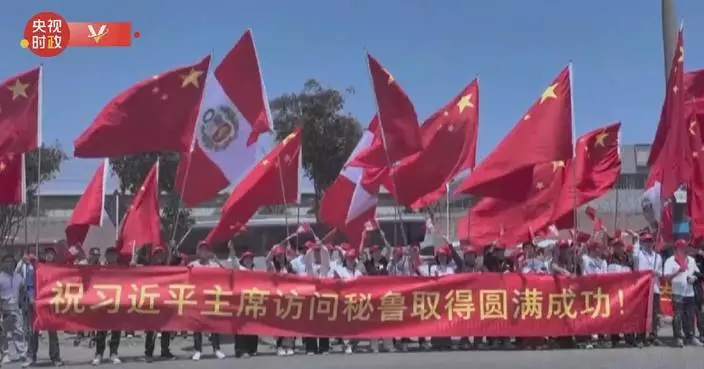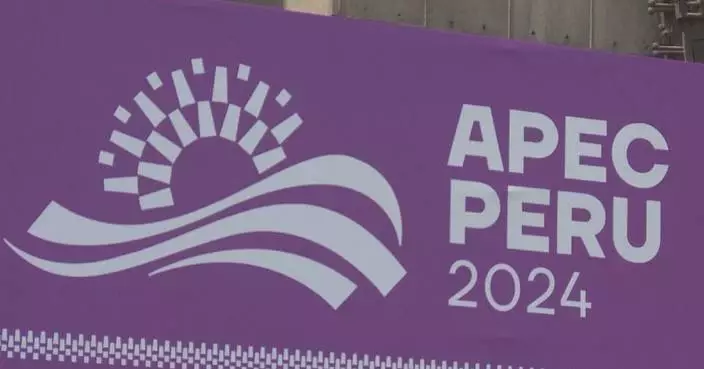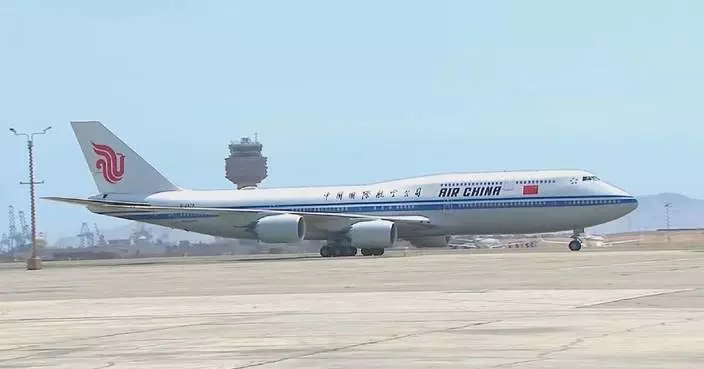A newly upgraded exhibition of painted terracotta warriors, held by the Xianyang Museum in northwest China's Shaanxi Province, offers audiences a glimpse into the military organization of the Western Han Dynasty (202 B.C.- 25 A.D.) through well-preserved figurines.
Shaanxi Province's capital city, Xi'an, presents the most famous terracotta warrior army built by Emperor Qinshihuang of the Qin Dynasty (221 B.C.-207 B.C.), while its neighboring city of Xianyang had the earliest large-scale terracotta army recovered in China.
The Xianyang Museum recently upgraded the featured exhibition of 1,570 pieces of Western Han painted terracotta warriors and reopened it to the public on Oct 1.
Compared with the Qin terracotta warriors, those of the Western Han Dynasty are much smaller, with an average height of about 50 centimeters, which equals to less than one-third of the height of a real person, and they were discovered nine years earlier.
On Aug 24, 1965, villagers of Yangjiawan Village in the eastern suburbs of Xianyang, within the range of the Changling Mausoleum of Emperor Gaozu Liu Bang, the first emperor of Western Han, firstly discovered the painted pottery figurines when leveling the land.
Later on, archaeological investigators recovered 1,965 soldier figurines, 583 horse riding figurines and nearly 1,000 shield models from 10 burial pits and one brick pit.
This is the first time that China unearthed such a large number of painted terracotta warriors, marking a major discovery that astonished the domestic archaeological community in the 1960s.
"These Han terracotta warriors are the earliest discovered in China. They are remarkably well-preserved, with their forms and structures fully intact. From the entire excavation process, we can gain insights into the overall military organization of the Han Dynasty, including uniforms, equipment usage, army arraying and formation," said Tian Xiaohua, director of the exhibition department of the Xianyang Museum.
For more than half a century since their discovery, these Western Han terracotta warriors have been extremely important physical materials for studying the dynasty's burial system, clothing system and sculpture art.
They have also been exhibited in more than a dozen countries, becoming important messengers of cultural exchanges.
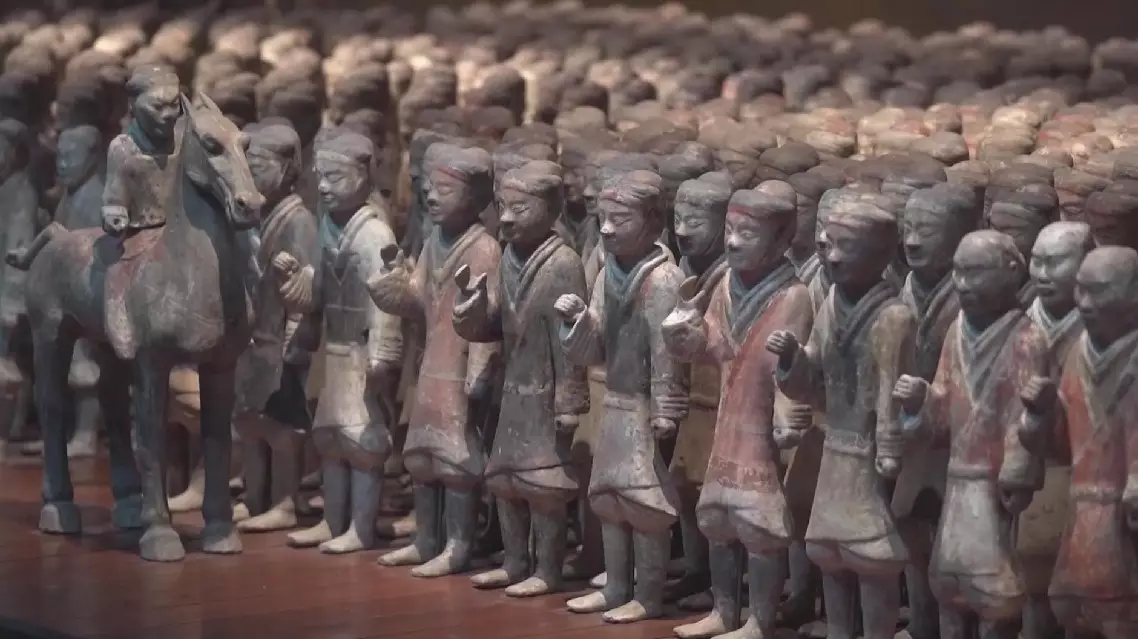
Exhibition featuring painted terracotta warriors showcases military organization of Western Han Dynasty



